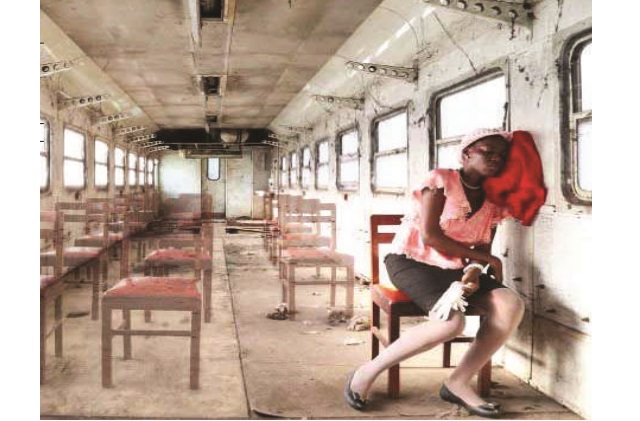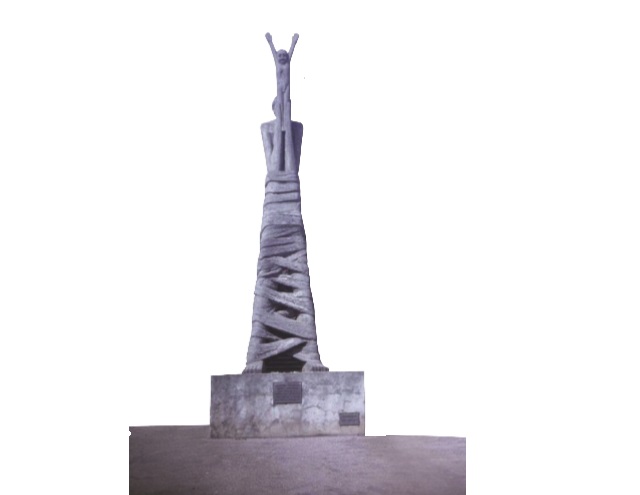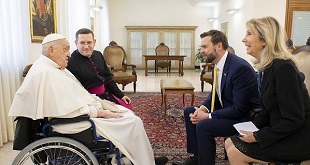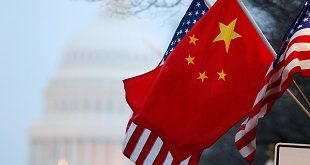
Why are artists finally ditching tourist art?
In the heat of the recent tide of arts and culture festivals in Kampala, one can easily conclude that this is an unprecedented moment in the arts scene. This impression could be because, until recently, there has been no coverage of art news.
Today, we have reviews of exhibitions in the media and a few arts and culture journals; local and international that carry articles from the Kampala arts scene. These art stories have opened a platform for discussion and critiquing of the local art scene and exposed local culture to a more diverse global audience that perhaps did not know that such a culture exists.
But the art and culture scene in Uganda has been quite vibrant from as far back as the colonial era, until the early 1970s when the terror of then-President Idi Amin Dada killed creativity and some creators of art.
The National Theatre, Nommo gallery and Uganda Museum were created by the colonial government as spaces for creative enterprises and became bee- hives of music, dance and drama, and visual arts. National Theatre had drama groups from all over the country performing, and Nommo gallery and Makerere University Art gallery regularly hosted art exhibitions for student artists mounted by Mrs. Margaret Trowell, a British educationist and devout Christian, founder of the Makerere Art School. One such exhibition was African Arts and Crafts, 1937 exhibition that was showcased in Kampala and later travelled to England. Cecil Todd who replaced Trowell, carried on the tradition and artists like Gregory Maloba, Sam Ntiro and Lugolobi made an impression, were commissioned to create artwork for the government, and held solo exhibitions in Europe.
The Independence Monument outside the Sheraton Kampala Hotel is symbolic of the vivacious nature of artists at the time. Sculpted by Maloba to commemorate Uganda’s independence from Britain in 1962, the concrete sculpture has the central figure of a woman hoisting her child uprightly to the sky. The act figuratively represents a nation that has been born and is dedicated to God, hence the national motto `For God and My Country’. The sculpture reflects the artistic mastery in studio skills and matched creativity. Its grandeur reverberates with cultural vibrancy of the nation reflected in subject matter and medium.
By the 1980s, artists were creating art that interrogated the social and political landscape with equal energy. The turbulent political era inspired artists to create art that figuratively represented the brutal murder, corruption and rape of the presiding regime. Godfrey Banadda, a student artist at the time, reveals in the documentary `Visions and Dreams’ of 1995 by Zuleika Kingdon that it was difficult to compose an artwork at the time and not employ the skull motif. Similarly, Lilian Nabulime’s sculptures that continue to interrogate the subject of HIV/AIDs were inspired by the Aids scourge that decimated many families across the country throughout the 1980s. Artists like Dr. Pilkington Sssengendo, Godfrey Mukasa and Francis Xavier Nagenda were eager to produce art that evoked their Buganda cultural heritage.
But the decade between 1990 and 2000 saw a lapse in the hunger to create, perhaps motivated by the political and social normalcy. The perception that there was no such vibrant art scene before is perhaps justifiable. Over this period, artists peddled touristic art: wild animals in the jungle, grass-thatched huts with women fetching firewood and water from a rural stream painted on canvas, and batik paintings embraced more for aesthetic appeal rather than message or concept.
The resurgence of art with message is perhaps reflective of prevailing political, social and economic calamities that plague communities today. Artists, as mediators between the public and state appear determined not sit back and watch.

Images are courtesy of Kampala Art Biennale Foundation website and Startjournal.org
****
 The Independent Uganda: You get the Truth we Pay the Price
The Independent Uganda: You get the Truth we Pay the Price



